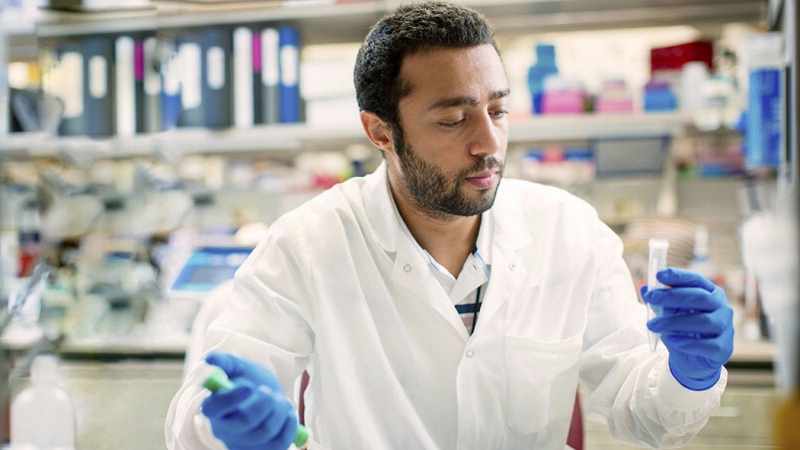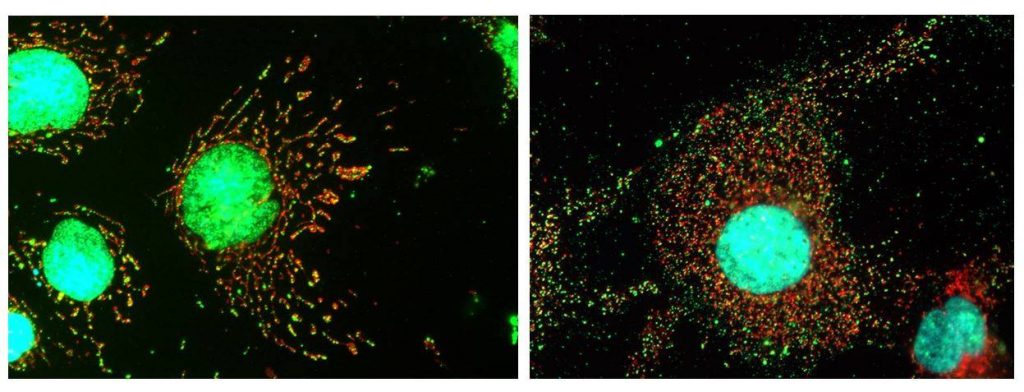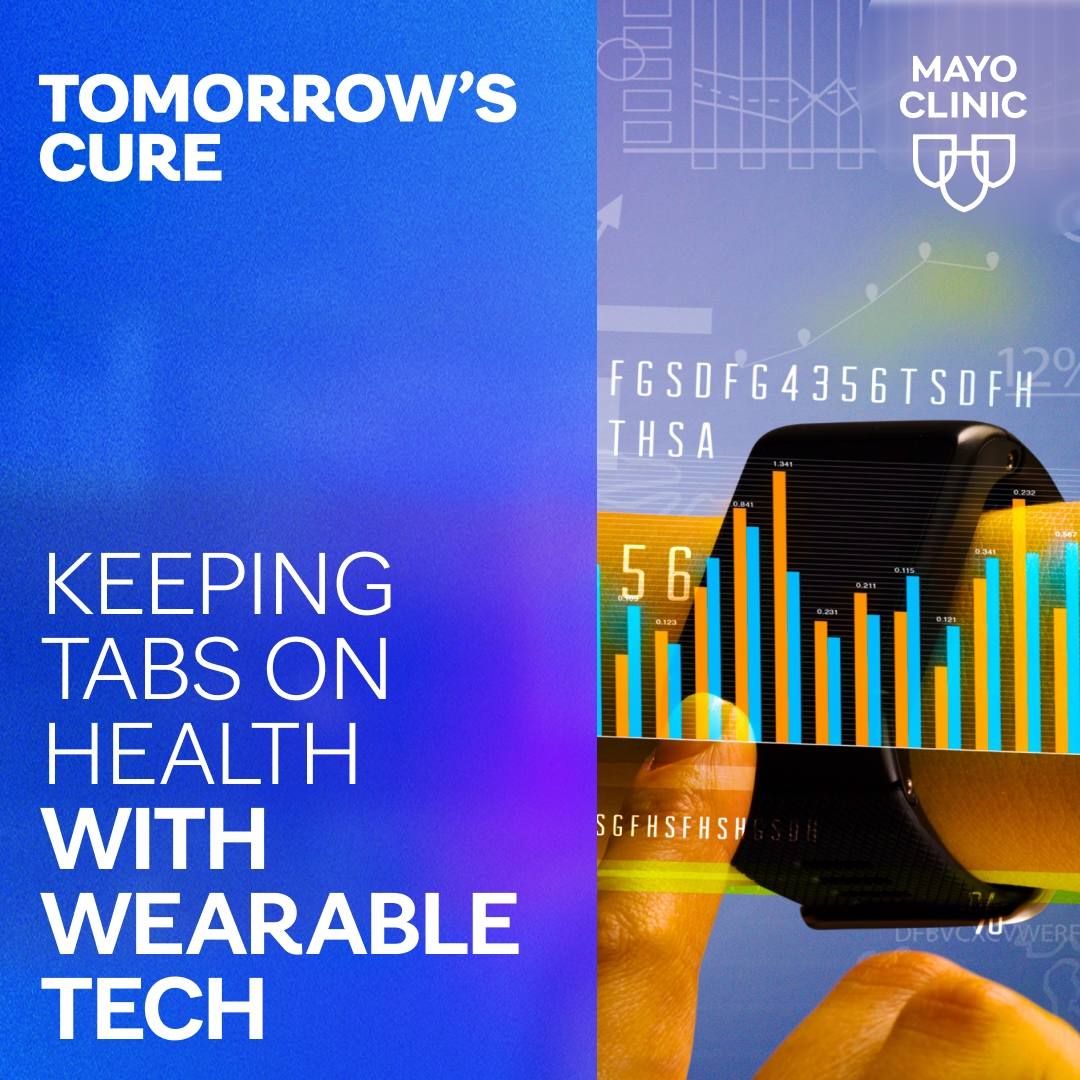-
Mayo Clinic researchers clarify how cells defend themselves from viruses

ROCHESTER, Minn. — A protein known to help cells defend against infection also regulates the form and function of mitochondria, according to a new paper in Nature Communications.
The protein, one of a group called myxovirus-resistance (Mx) proteins, help cells fight infections without the use of systemic antibodies or white blood cells. The authors report that MxB, which is associated with immune response to HIV and herpes virus, is key to mitochondrial support.
"Our work provides new insights into how this dynamin MxB protein assists in fighting viral infections, which could have substantial health implications in the future," says Mark McNiven, Ph.D., a Mayo Clinic cell biologist and senior author.
Viral infection
In response to infection, a cell releases interferon and neighboring cells ramp up Mx protein production. The authors replicated previous findings that MxB blocks nuclear pores and MxB increases markedly when cells are treated with interferon. But they also show that some MxB is present in most immune tissues, such as tonsil, prior to a "red alert" and that it has another role.
"We were surprised to see MxB present on, and in, mitochondria," says Hong Cao, M.D., a Mayo Clinic research scientist and first author. "That it is both induced in response to infection and vital to mitochondrial integrity is exciting, considering that HIV and herpes alter mitochondria during infection."

Protecting the generator
The authors report that during infection, MxB dynamically condenses, dissolves and reforms over time, and traced MxB's travels to the nuclear pores, as well as to the tips and along mitochondria. They also show, via a cell line that can't make MxB in response to interferon, that mitochondrial cristae are affected by MxB, as well.
"Without active MxB protein, mitochondria become nonfunctional, no longer produce energy, and kick out their DNA genome into the cytoplasm," says Dr. Cao. "These cells are not happy, but may have the capacity to survive a viral infection."
History of mitochondrial investigation
The work of Dr. Cao and team builds on the findings of mitochondrial investigators at Mayo.
"Over two decades ago, our lab discovered a set of proteins that perform mechanical work to shape and pinch mitochondria," says Dr. McNiven. That discovery led to a variety of research initiatives across the international mitochondria field into not only basic research questions, but also into clinical areas. This work shows that mitochondrial dynamics, such as fission and fusion, are vital functions. They regulate cell death needed to retard cancer cell growth and the turnover of damaged mitochondria needed to prevent neurodegenerative disorders, and contribute to antiviral cell immunity, to name a few.
The next steps, Dr. McNiven says, are to continue to investigate how MxB is targeted to and internalized by mitochondria, and how its association induces such drastic changes to biology of this organelle.
In addition to Drs. Cao and McNiven, other authors on the paper ― all from Mayo Clinic at the time of publication ― are Eugene Krueger, Jing Chen, Kristina Drizyte-Miller in the Mayo Clinic School of Graduate Education and Mary Schulz.
Funding was provided by federal entities and through Mayo Clinic Center for Cell Signaling in Gastroenterology. Detailed information is in the publication.
###
About Mayo Clinic
Mayo Clinic is a nonprofit organization committed to innovation in clinical practice, education and research, and providing compassion, expertise and answers to everyone who needs healing. Visit the Mayo Clinic News Network for additional Mayo Clinic news and An Inside Look at Mayo Clinic for more information about Mayo.
Media contact:
- Sara Tiner, Mayo Clinic Public Affairs, 507-284-5005, newsbureau@mayo.edu







